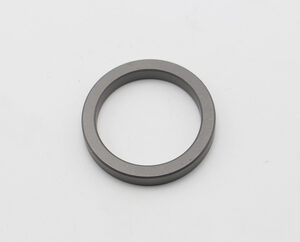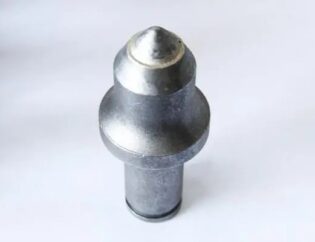Many customers complain that the service life of cemented carbide molds they buy is very short, and they often crack after less than oneortwo times of stamping. That’s because first of all, cemented carbide is a hard but brittle material, and special attention should be paid to the maintenance of cemented carbide molds in use. Secondly, customers usually haven’t considered these three aspects. Today we will share with you in an article how to extend the service life of your cemented carbide mold through these three points.

Have you selected cemented carbide molds with a good quality? ?
Quality includes the following:
1. It must have high resistance: the mold must accept great extrusion pressure, bending stress, impact and other messy loads at the same time during the extrusion process.
2. It must have very good wear resistance: the mold should have high wear resistance to ensure normal service life and produce a large number of qualified extrusions.
3. There must be sufficient thermal stability: during each continuous production, the temperature rise of the mold sometimes reaches or exceeds 200 ℃, which will reduce the strength and hardness of the mold material with 160~180 ℃ as the tempering temperature. Therefore, the mold material with higher temperature rise should have excellent tempering stability.
4. It must have outstanding technicality: the manufacturing cycle of cold extrusion die is long, the technology is messy, and the accuracy requirement is high. Generally, casting, cutting, heat treatment, grinding or other finish machining are required.
Do you use cemented carbide for production correctly?
When using cemented carbide dies, we should pay attention to the following points:
1. During the working process of the machine and equipment, the technician monitors the working condition of the equipment in real time to eliminate the machine faults in advance. Only in this way can we ensure the smooth progress of the whole production process.
2. The cemented carbide mold must be in a safe state before it is used and in the process of idle parking.
3. Cemented carbide dies belong to high maintenance rate equipment because of long-term load work. During maintenance, the machine should be firmly fixed with supports, the equipment should be shut down, and the whole set of equipment should be in a static state before starting the next step of maintenance work.
4. The gear oil in the cemented carbide mold is very irritating to the skin. When checking whether there is leakage, don’t touch it with your hands. If necessary, wear gloves or use paper to check, so as to avoid direct skin contact. Different cemented carbide molds need to be careful in the processing process, with safety as the main factor.
5. Select the appropriate reduction ratio. Cemented carbide die itself has the characteristics of hardness and brittleness. If it is used for shrinkage drawing with large area shrinkage, it is easy to cause the die to bear the stress and be broken and scrapped. Therefore, it is necessary to select the appropriate area shrinkage according to the different mechanical properties of wire rod.

Do you regularly repair your cemented carbide mold?
Regular maintenance of cemented carbide dies is a major factor that can effectively improve the service life of cemented carbide dies.
For example, the installation and debugging method of the mold should be appropriate. In the case of hot runner, the power wiring should be correct, the cooling water path should meet the design requirements, the parameters of injection molding machine, die casting machine and press machine should meet the design requirements in the production of the mold, etc.
When using the mold correctly, it is also necessary to maintain the mold regularly. The guide post, guide sleeve and other parts with relative movement of the mold should be often filled with lubricating oil. For forging mold, plastic mold, die-casting mold and other molds, lubricant or molding agent should be sprayed on the surface of formed parts before each mold is formed.
The planned protective maintenance of the mold and the data processing in the maintenance process can prevent the problems that may occur in the production of the mold and improve the efficiency of maintenance work.
Lascia un commento
Il tuo indirizzo email non sarà pubblicato.






